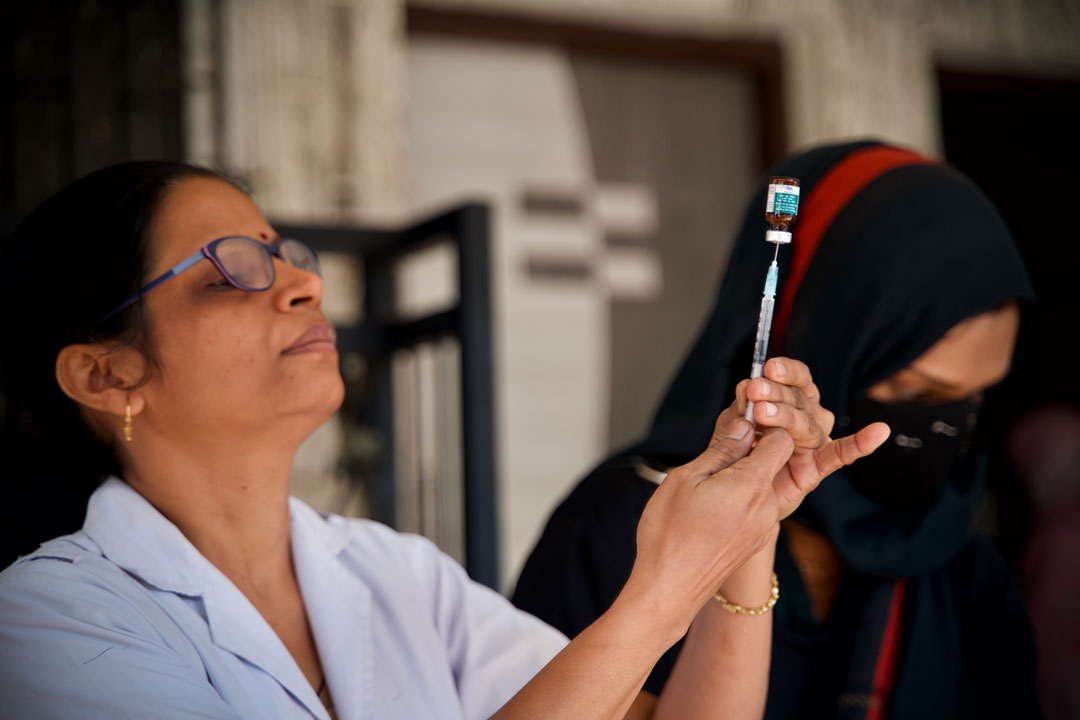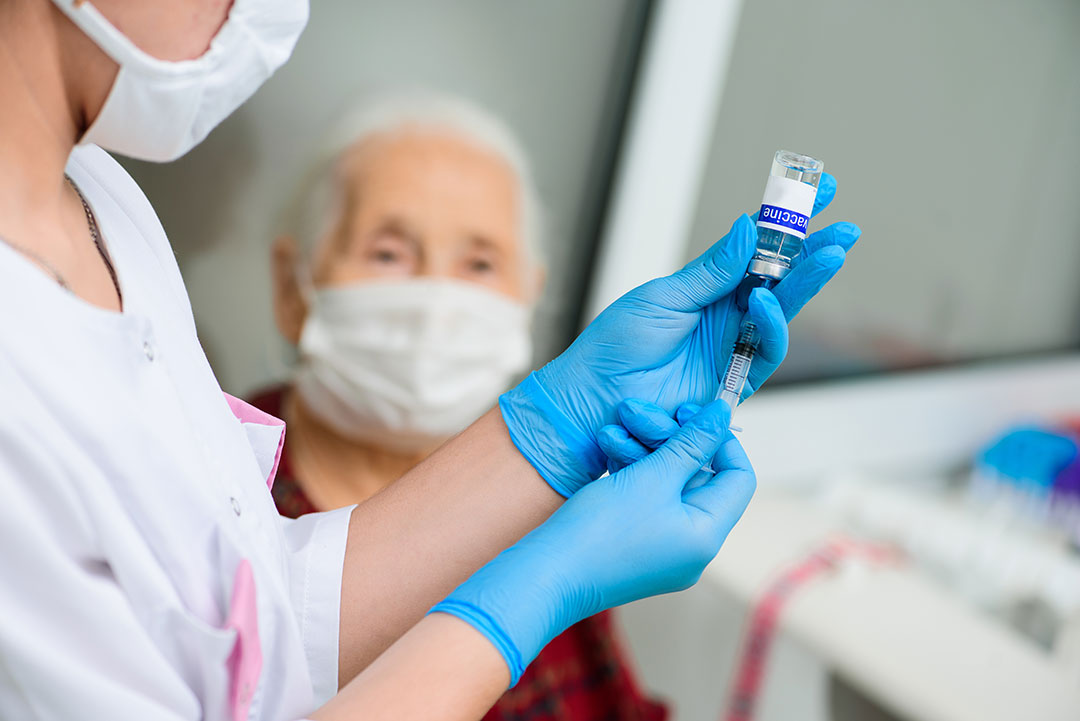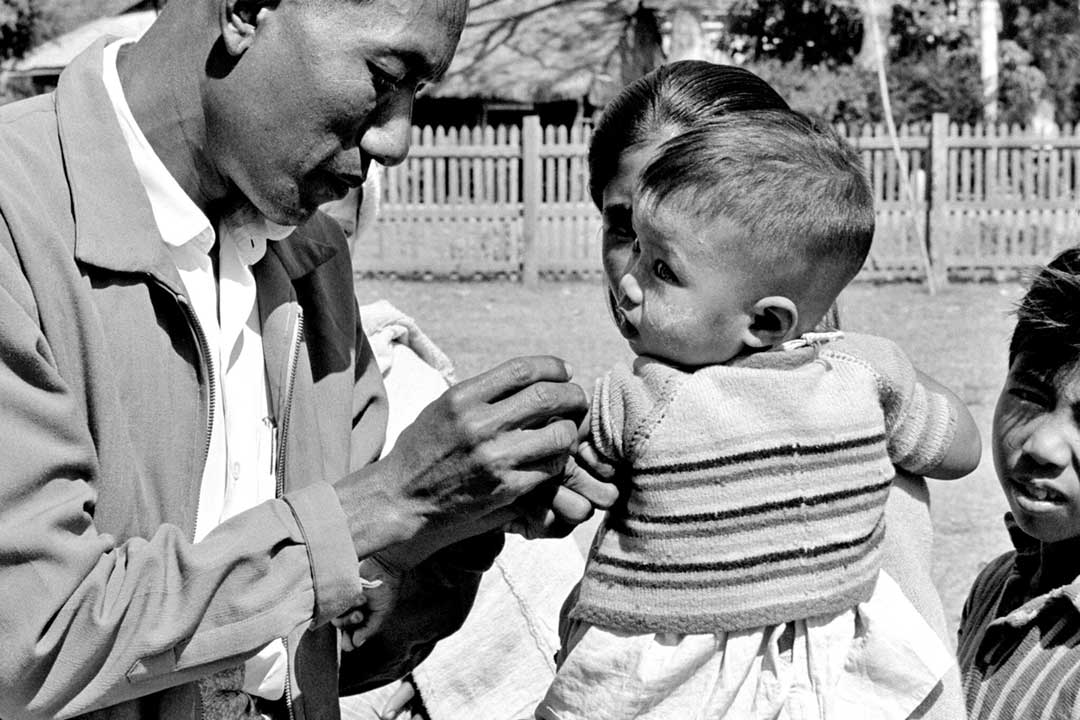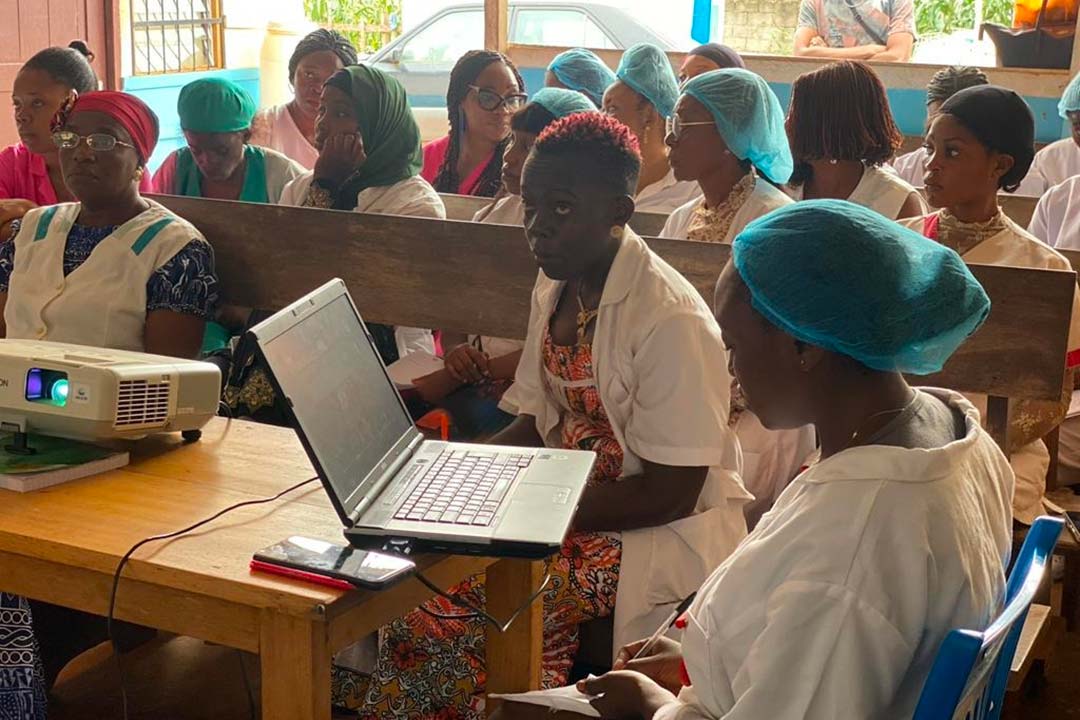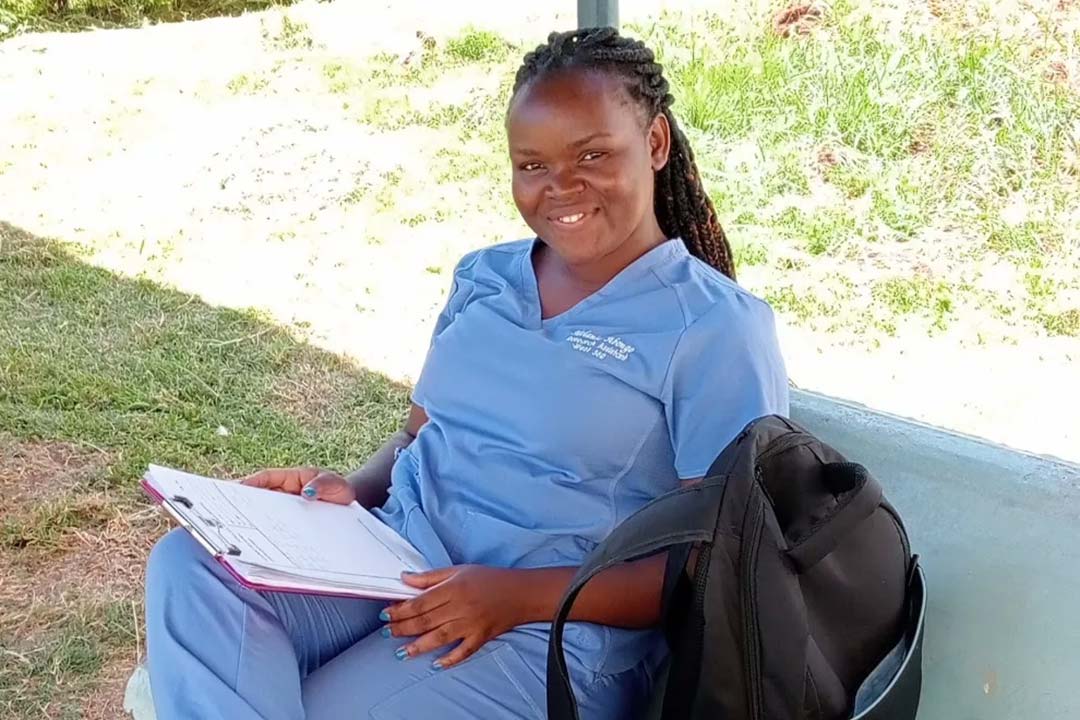COVID-19 prompts dramatic reduction in dengue fever
Schools and public areas could be dengue transmission hot spots, research suggests.
- 7 March 2022
- 3 min read
- by Linda Geddes

It is a rare silver-lining to the COVID-19 pandemic: reduced social mixing and school closures that were put in place to limit SARS-CoV-2 transmission resulted in nearly 750,000 fewer global cases of dengue during 2020.
The research, published in The Lancet Infectious Diseases, could help shape future strategies for controlling the spread of this mosquito-transmitted disease.
The data also revealed a strong association between school closures and declines in non-residential trips, such as shopping or using public transport, and a reduced risk of dengue transmission.
Dengue is a viral infection transmitted to humans through the bite of infected Aedes aegypti and Ae. Albopictus mosquitoes, found in tropical and sub-tropical climates worldwide. Most cases are mild, but severe dengue is a leading cause of serious illness and death in some Asian and Latin American countries, and the virus’s range has expanded dramatically in recent decades, with about half of the world's population now at risk.
Transmission is closely linked to the weather, with humid, warm conditions, and an abundance of stagnant water following heavy rainfall providing ideal breeding conditions for mosquitoes. Changes in people’s movements and behaviour may have an effect on transmission, such as behaviour that results in less exposure to infected mosquitoes, or means fewer infected people are bitten and transmit the virus to uninfected mosquitoes.
What did the researchers do?
Yuyang Chen, Naizhe Li and colleagues at Beijing Normal University, China, wondered how the restrictions on human movement that were imposed during the early months of the COVID-19 pandemic might have contributed to dengue transmission.
They analysed dengue case data from 23 countries in Latin America and southeast Asia, published in the WHO Weekly Report and on government websites between 2014 to 2020. They also studied climate data on air temperature, relative humidity and rainfall.
Have you read?
What did they find?
Nine out of 11 countries in Central America, the Caribbean and the Philippines saw a complete suppression of their usual dengue season during 2020, while other countries experienced far fewer cases than normal.
The data also revealed a strong association between school closures and declines in non-residential trips, such as shopping or using public transport, and a reduced risk of dengue transmission. This could not be explained by seasonal dengue cycles or underreporting of cases.
This suggests that places such as schools and commonly visited public areas could play a key role in spreading the disease, and should potentially be regarded as be dengue transmission hotspots.
What are the implications?
Such insights could help decision-makers decide if measures such as targeted testing or mosquito control based on patients’ recent movements are worth implementing to control the spread of the disease.
Before this happens, further research is needed to better understand how the places people visit, how long they spend there, and with whom, affect dengue transmission risk.
“For all the harm it has caused, this pandemic has given us an opportunity to inform new interventions and targeting strategies to prevent dengue,” said Dr Oliver Brady, an associate professor at the London School of Hygiene and Tropical Medicine, and study senior author.
“Currently dengue control efforts are focused on or around the households of people who get sick. We now know that, in some countries, we should also be focusing measures on the locations they recently visited to reduce dengue transmission.”
